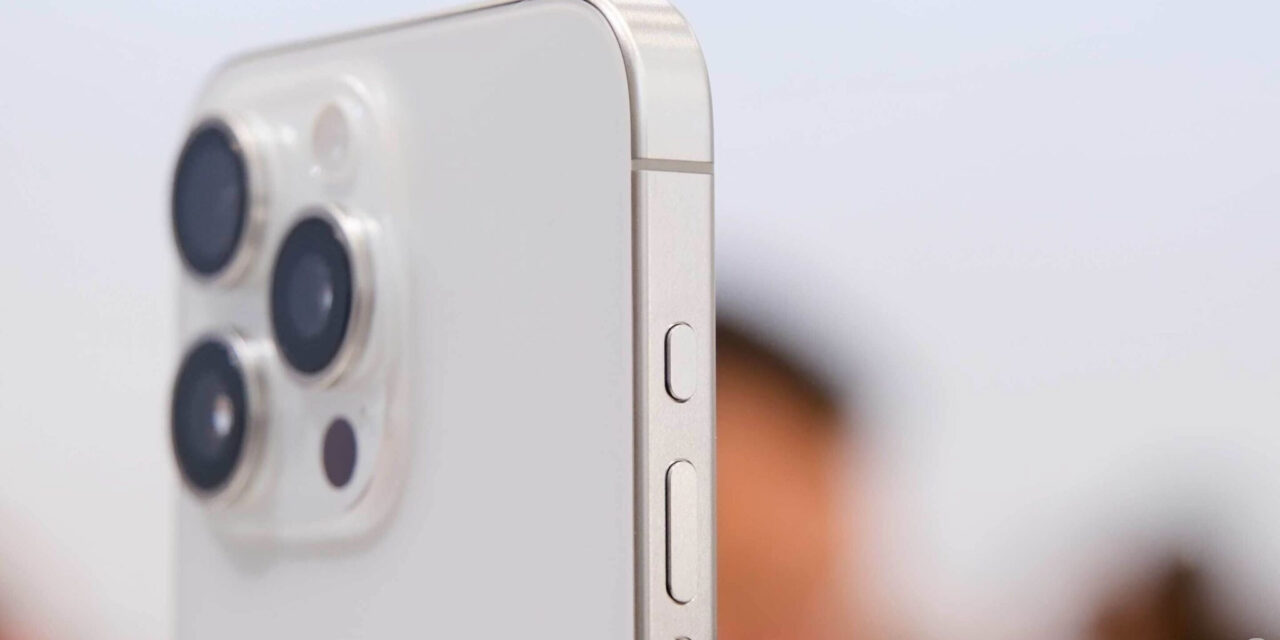
Apple has given its most direct confirmation yet that a USB-C-equipped iPhone is coming now that the European Union is mandating that all phones sold in its member countries use the connector if they have a physical charger. When asked by The Wall Street Journal’s Joanna Stern if the company would be replacing Lighting, Apple marketing lead Greg Joswiak answered by saying: “obviously we’ll have to comply, we have no choice.”
Stern brought the law up during a talk with Joswiak and software VP Craig Federighi at the WSJ’s Tech Live conference, and followed up by asking when we could expect to see USB-C on an iPhone. Joswiak replied by saying that “the Europeans are the ones dictating timing for European customers.” Currently, the law dictates that “all mobile phones and tablets” will have to use USB-C by “autumn 2024.” Joswiak refused to answer whether the company would include the connector on phones sold outside the EU.
But he made it abundantly clear that Apple isn’t happy about being legally coerced into making the switch. Before acknowledging that the company must comply with the law, Joswiak went into a long explanation about how Apple has historically preferred to go its own way and trust its engineers rather than be forced into adopting hardware standards by lawmakers. He cited examples around Micro USB and hearing aid compliance as situations where Apple has been pushed to meet ill-considered requirements.
Apple’s Craig Federighi and Greg Joswiak (@gregjoz) join @JoannaStern at #WSJTechLive to discuss products, privacy and power at the tech giant https://t.co/fNo2JGwMB4 https://t.co/aGrTlZrUo4
— The Wall Street Journal (@WSJ) October 26, 2022
He also suggested that charging bricks with detachable cables have mostly solved the issue of standardization, and claimed that switching the iPhone to Lightning to USB-C would cause lots of e-waste. (Personally I don’t find this argument compelling; I have to replace most of my Lightning cables every few years anyways, at around the same cadence I buy new phones, because they wear out or get chewed on by cats.)
Still, it’s telling what wasn’t mentioned: a portless iPhone that relies solely on wireless charging, something that would theoretically be allowed. Joswiak didn’t say that the company was weighing its options, or considering if there were ways it could get around the need to put USB-C on the iPhone. Instead, we got a resigned, slightly winding answer that lead to what seems like an inevitable conclusion: USB-C is the future port for connecting to and charging your iPhone.
This content was originally published here.






Recent Comments